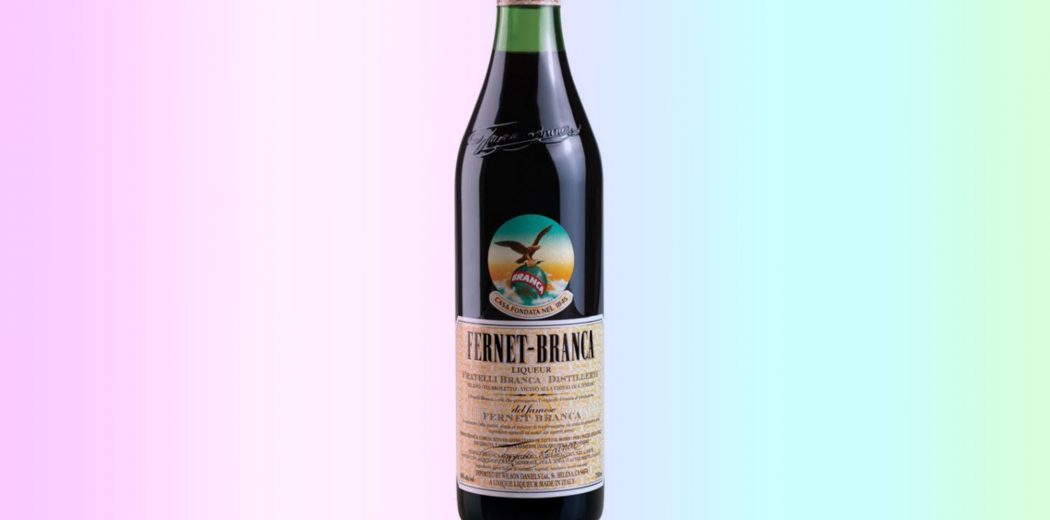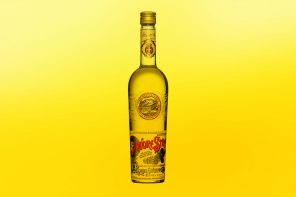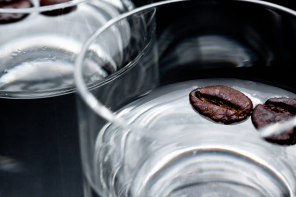Fernet may seem like the new kid on the block, but in fact, this Italian liqueur has old roots. Bitter, herbal and a rich dark brown in the glass, at first sip you might be taken aback. For some, it’s certainly an acquired taste, but others can’t get enough of the stuff.
Fernet is a style of amaro, in this case, a digestif, which is often knocked back at the end of a meal to ease digestion. When it first hit the market, fernet was billed as a panacea for everything from cholera, to stomach issues, menstrual cramps and more. The original recipes contained opiates, so perhaps there’s a grain of truth in its alleged curative, pain relieving properties. That part of the recipe may have changed but this beverage has largely remained the same in its nearly 175 years of existence.
The medicinal taste is thanks to the wealth of ingredients that crop up in a bottle of fernet. The usual suspects include cardamom, myrrh, rhubarb, chamomile and saffron. As for the rest? No one can say for certain. We know grape spirits make up the base but each distiller has their own top-secret proprietary blend they use for their own take on this lovely liqueur.
As an Italian amaro, it’s naturally ultra-popular in its native country. Until recently, fernet was relatively unknown outside the borders of the Boot. The exceptions being those enclaves of the Italian diaspora scattered across the globe, namely Argentina, San Francisco and New York to a lesser degree. During the 19th century, huge numbers of Europeans migrated from their respective countries to seek fresh opportunity in the New World. For Italians, Argentina and the US were popular destinations.
In Argentina, locals drink fernet with Coke like water. It’s a staple at every social gathering, party and night out. America’s Fernet institution is none other than San Francisco. Growing up in North Beach, SF’s Italian neighborhood, I can say you were just as likely to see a shot of fernet on the bar top as a pint of beer. It was one of the first drinks I tried when I came of age – I was told again and again by well-meaning fernet fans that it doesn’t cause hangovers. This is a cruel lie.
Over the past several years, this bitter amaro has been adopted by the bartenders as their tipple of choice to dull the rough edges of a hectic service. In the City of St. Francis, folks down more fernet, specifically Fernet Branca, than anywhere else in the States, no small feat for a city of only 49 square miles.
There’s a common misconception that Fernet Branca is the only fernet out there. In fact, there are dozens of fernet producers; Fernet Branca is simply the most well-known. Outside of Italy, SF is second only to Argentina in total fernet consumption. The city’s love affair with fernet is so unshakable that during Prohibition, it was classified as medicinal and you could still get your hands on the stuff, as long as you had a prescription from your doc.
Today, fernet is a staple in many craft cocktail joints across the country. It’s perfect for adding a bit of complexity to your cocktails or simply used for its intended purpose – to help you digest an outrageous meal. If you’ve never tried it before, consider easing into fernet. Sip on it and pour yourself a healthy ginger ale to wash the taste away if you find it overpowering. Otherwise, use it to season your drinks the way you’d use bitters. True, it’s a polarizing drink for the modern palate. People either love it or loathe it, but you should at least give fernet a try. Of course, you can always test out the theory for yourself that it doesn’t cause hangovers. But don’t say I didn’t warn you.








